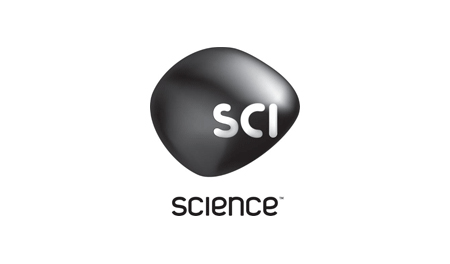|
|||||||||||||||||
|
The Science Channel's morphing identity isn't a logo Fast Company: "The Future of Logos"? |
|||||||||||||||||
|
The morphing shape containing the wordmark is at best only a logo when it's fixed. When the identity is morphing into other things it's something else entirely. Considering that the morphing identity has common characteristics related to the fixed version that in combination with other non-material brand elements describes a discrete identity makes a good case for abandoning the word 'logo'. This is true not only for changing identities but also for static brand identities. The Science Channel brand identity is not only a brandmark with infinitely changeable components, it includes all the various types of marks that make up the entire brand, beginning with, but not limited to, soundbites, soundmarks, type of content, brandline, brand-idea and just about any other mark that describes the experience, and this includes every other aspect of behind the scenes elements of the business. These are better described as brand-marks and they should be co-ordinated interdependently to best manage the overall identity. To refer to this changing identity as a 'logo' is to misrepresent the whole gamut of experiences that describe The Science Channel's brand. This makes talk of the primary brand-mark as a 'logo' appear mis-informed, superficial and cheap. This is clearly a high quality identity suitable to the brand. The changing nature of the identity is entirely suited to the content of the channel and it is clearly a high quality identity but a 'logo' it is not. Imaginary forces should stick to what they're good at and not assume to have a grasp on branding and the future of brand identity. The future of some types of brand identity may include morphing and changing brand-marks but to claim that The Science Channel's identity is the future of logos is borderline ignorant. | |||||||||||||||||
|
View original post on the Fast Company Design blog | |||||||||||||||||
|
Top |
| ||||||||||||||||
